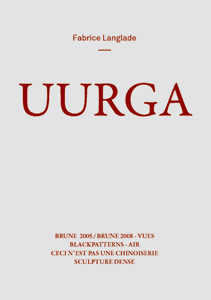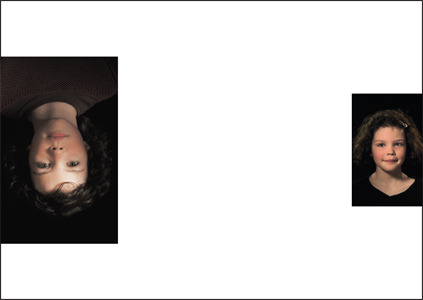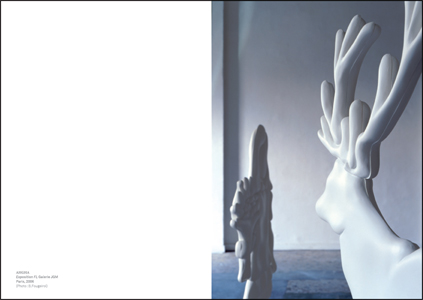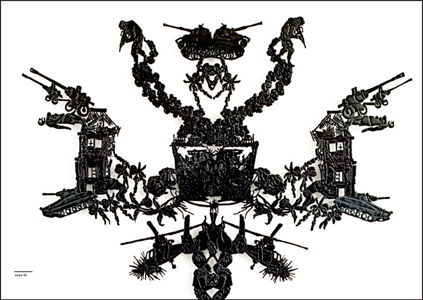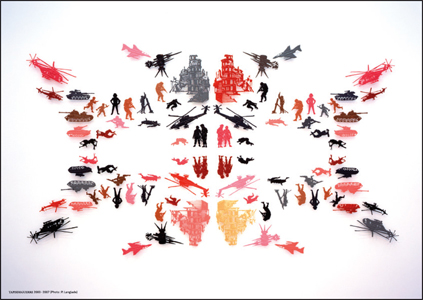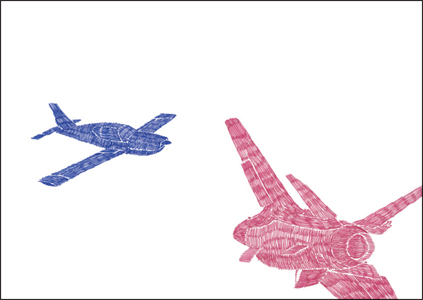Monograph made of six opus (two volumes of texts, four of images), under box set.
Uurga, the name of the instrument used by mongols to catch horses, is a monographic publication, so devised that readers may experiment with Fabrice Langlade's works own temporality, a time of disquiet, in which nothing is done at first. Uurga is made up of six books, each one independent. Together, they form a subtle unity. In one of them, Patrick Amine (an essayist and journalist) composes a narrative based on an interview with the artist ; far from being a conventional exercise, their roles intermingle, and make room for a multiple voice. In another, Paul Ardenne gives us a sweeping reading of the work. The four other books are devoted to the works, with no further comment.
Fabrice Langlade (born 1964 in Reims, France) is a sculptor. He started by taking hackneyed images, characters on post cards found at the bottom of drawers, and prints out of almanacs recording obsolete knowledge, for example. He drew inspiration from stereotyped worlds, highly coded motifs, and well-worn depictions of things. These days, he is still flirting with the decorative as much as with the monumental. Using interplays of formal translations, changes of scale, and transpositions of materials, he builds a world verging on cliché—a particular world which ends up disconcerting us, catching the onlooker's attention, and the onlooker thus enters into the time-frame of the works. Fabrice Langlade's work can be grasped over time, in a space constructed by and in our attention.


